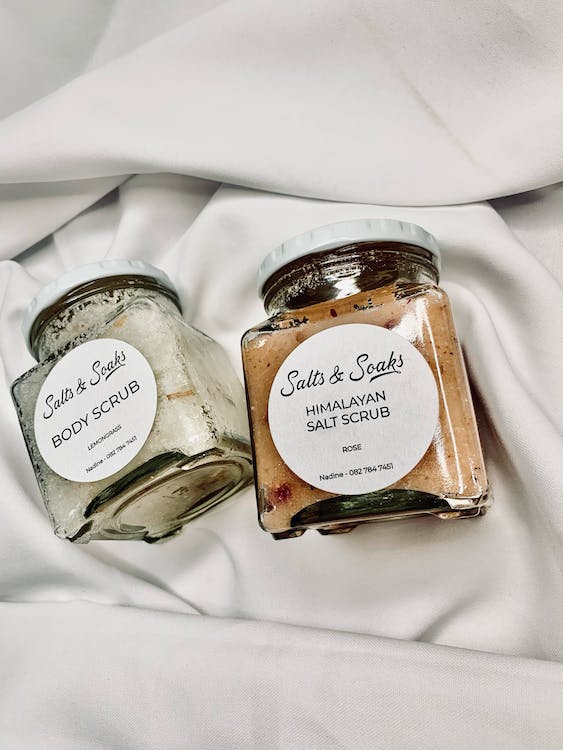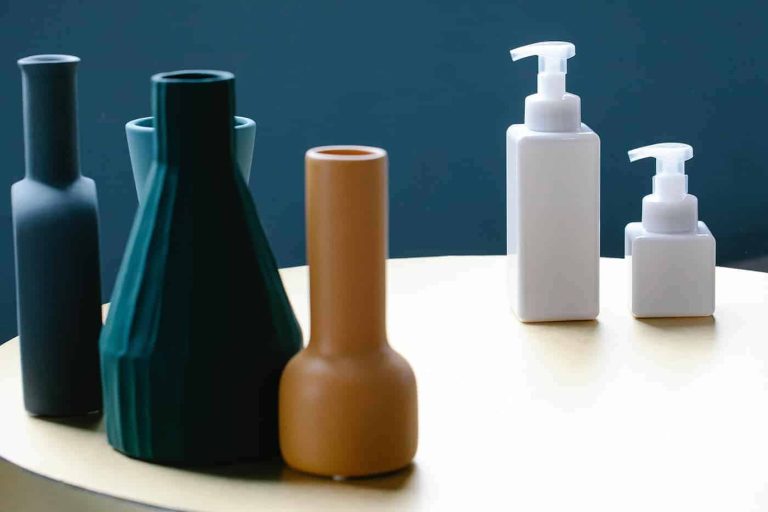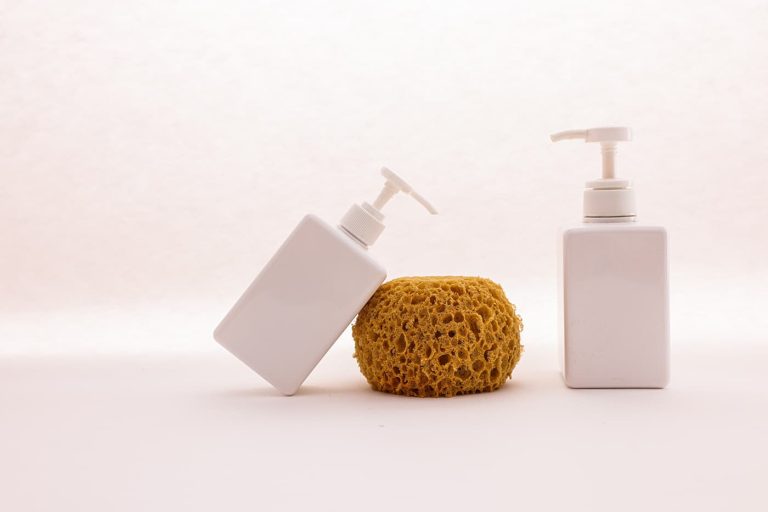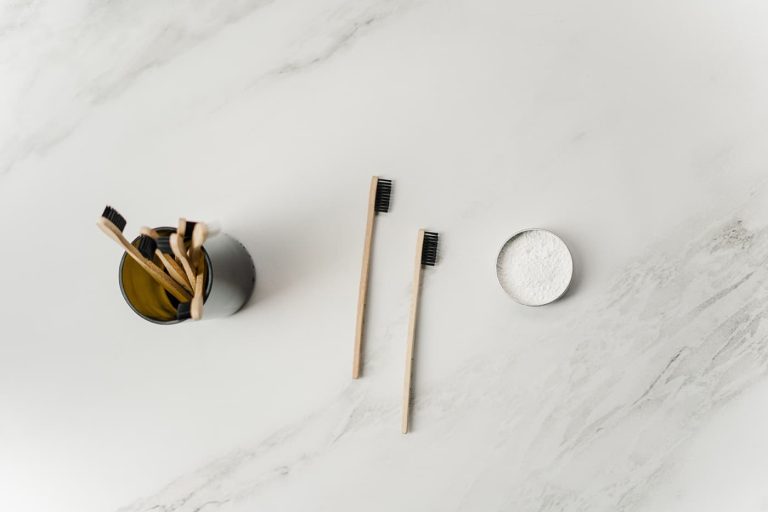Today, skincare and personal grooming are not limited to women alone. According to Grand View Research, the global men’s skincare market was valued at $11.6 billion in 2019 with a projected annual growth rate of 6.2%. Furthermore, the market is expected to continue growing until 2027.
Therefore, if you’re planning to have a men’s skincare line, there’s no better time to start than now. Of course, finding the right OEM partner is crucial for the success of your products and brand. To help you navigate this process, we have created a simple guide to assist you and provide more information about the men’s skincare market.
Market Challenges for OEM Men’s Skincare Products
While the growth indicates promising prospects for the male grooming market, it also comes with its own set of challenges, including counterfeit products and consumer perception.
Counterfeit Products
Counterfeit products are rampant in both women’s and men’s skincare. These fake goods circulate widely through online distribution channels, occupying a significant market share.
Consumer Perception
Internationally renowned brands catering to women may not be readily accepted by men. Many men perceive them as suitable only for women. However, focusing on marketing and advertising can enhance your brand reputation among male consumers worldwide.



Challenges in Creating Suitable Skincare Products for Men
The average modern man is increasingly concerned about taking care of his skin. Unless you haven’t noticed, men’s skin is tougher, oilier, and thicker compared to women’s. In fact, due to higher levels of testosterone, men’s sebum production on the face can be 40% to 70% higher, making them more prone to acne, enlarged pores, and other skin issues.
Additionally, their stratum corneum, the outermost layer of the skin, has a slower turnover rate compared to women. Men have a metabolic cycle of 34 hours, while women have a cycle of 24 hours.
The stratum corneum acts as the first line of defense against toxins, bacteria, and dehydration, also protecting the underlying skin layers. Due to slower metabolism, there is less accumulation of keratinocytes, resulting in dull, rough, and thickened skin.
Creating Suitable OEM/Private Label Skincare Products for Men
The men’s skincare market is filled with challenges and competition, so how can you create unique and standout products?
The answer is simple: start with the problems. What are the most common skin concerns men face? Then, find solutions to address those issues. Here are the most common male skin problems and their solutions:
Acne
For acne and oily skin, you need antibacterial and anti-inflammatory ingredients to reduce redness, swelling, and promote wound healing.
Common ingredients to address these skin issues are salicylic acid, tea tree, Japanese botanical acne treatments, o-cymene, hydrocarbon-5 oil, shale oil sulfonate, European goldenrod, mountain weeds, etc.
Enlarged Pores
Enlarged pores are the result of skin sebum clogging. To regulate sebum production and moisturize the skin, these ingredients are highly beneficial: PCA zinc, North American witch hazel, caprylyl glycol/glycine, narcissus, betulin, capric acid, Jeju Island lava water, glacial mud, etc.
Dryness and Tightness
These conditions result from dehydration. Effective ingredients to prevent roughness, peeling, and tightness include hyaluronic acid, centella asiatica, seawater, Jinsan hot spring water, deep-sea algae (spirulina, chlorella, dunaliella).
Dullness and Aging
Late nights and improper skincare can lead to.










